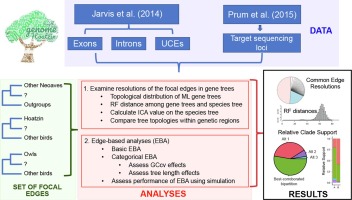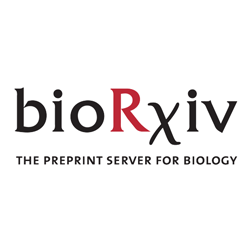jurek
Well-known member
Cladistics has a not immediately visible property. It allows creation of many times more taxonomic units than rank-based taxonomy.
If anybody considers that defining and naming 25 bird clades in a row might be considered, in some sense, excessive, this is only scratching the surface. Working with 9000 bird species, one can define over 80 million (80,911,000) least inclusive clades linking two different species of birds, every clade with a separate name. By comparison, Webster's International Dictionary has less than 0,5 million of entries. The number of exclusive clades and names linking three bird species is over 700 billion (7.28757e+11). Check the formula for mathematical permutations if in doubt.
I propose a very simple method of stabilization of zoological nomenclature:
- A new clade for a bigger taxonomic unit should be normally defined by the type species of the type genus of the type family.
- A clade should be named by combining the type genera, e.g. a flamingo-grebe clade as “Phoenicopterus-Podiceps clade”.
- The exception are clades which names were used in at least 25 different publications until 22. April 2022., called established clades, for example Dinosauria or Galloanserae.











